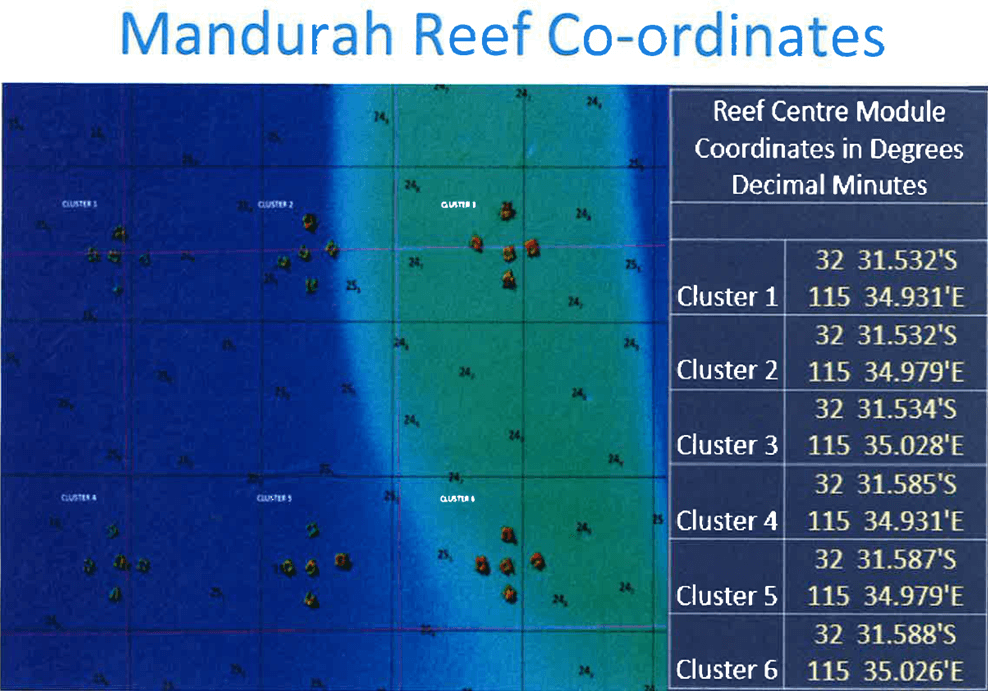Check this out, metro fishers – large schools of fish being spotted on our Perth “Fish Towers” and Mandurah artificial reefs picked up by our latest scientific monitoring using baited underwater cameras!
Recfishwest’s regular and ongoing monitoring of the “Rotto Fish Towers” and Mandurah artificial reefs – with the assistance of Indo-Pacific Environmental – has shown big schools of fish with pink snapper, yellowtail kingfish, Samsonfish, skippy, baldchin groper and many other popular species captured swimming around these reefs that recreational fishers love to catch.
Tackleworld Miami owner Ashley Ramm says the reefs are a great attraction for local fishers with small to medium size boats.
“It’s great to see the Mandurah artificial reef thriving in an area where there isn’t much structure on the seafloor,” said Ashley. “It’s particularly good to see good numbers of yellowtail kingfish there, as unlike around Perth, there aren’t many spots off Mandurah where kingies naturally occur.
“Having somewhere to fish where these popular pelagic species turn up fairly regularly off Mandurah is a great development. The more we learn about artificial reefs and their potential benefits to our complex marine environment the better.”
WA’s network of artificial reefs, using concrete modules and/or steel, continues to support flourishing marine habitats that underpin fantastic fishing experiences.
“This latest footage showcasing a wide range of species flourishing across these metro-based artificial reefs is why Recfishwest is working hard with regional coastal communities, industry partners and the Government to develop more artificial reefs all around the State. There are several artificial reefs proposing to use concrete modules and/or repurposed steel in the pipeline around WA that we’re hoping will hit the seafloor in the next 12 months,” said Recfishwest’s Policy and Approvals Officer Danielle Hartshorn.
Scientific monitoring programs like the one that captured this exciting vision are an integral part of our vision to conserve and enhance marine habitat to support ecosystem productivity and great fishing.
Want to know more about the artificial reefs currently deployed around WA and their coordinates? Check out our Artificial Reefs webpage by clicking here!
 The module design is the same as those used in the south west artificial reefs, being a hollow cube with curved cross braces. The design is aimed to promote upwelling (bringing nutrient rich water from the sea floor to the surface creating phytoplankton and zooplankton blooms, providing the basis for productive food chains) as well as create varied complex spaces and habitats which act as shelter for fish.
The module design is the same as those used in the south west artificial reefs, being a hollow cube with curved cross braces. The design is aimed to promote upwelling (bringing nutrient rich water from the sea floor to the surface creating phytoplankton and zooplankton blooms, providing the basis for productive food chains) as well as create varied complex spaces and habitats which act as shelter for fish.

